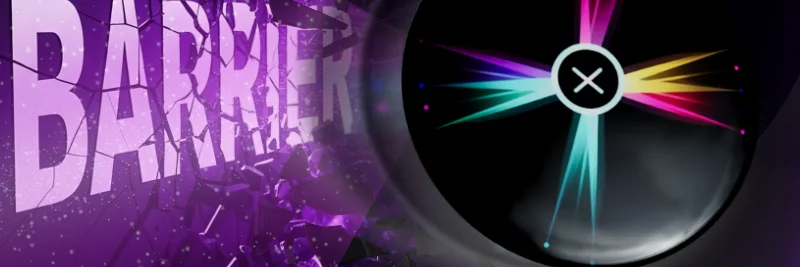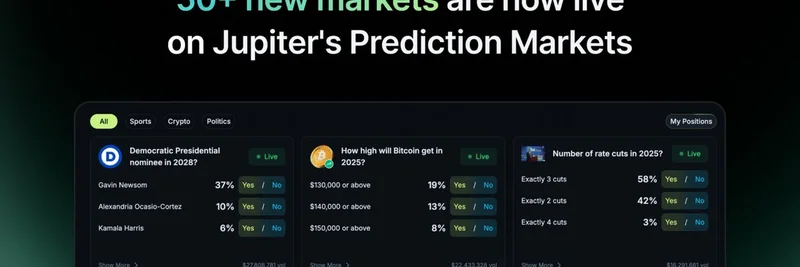In the fast-evolving world of blockchain technology, the "modular thesis" is gaining traction as a blueprint for how decentralized apps and networks will scale in the coming years. If you're into meme tokens—like those wild, community-driven projects that can moon overnight—understanding this shift could be key to spotting the next big opportunity or even launching your own chain. Recently, Nick White, a key figure at Celestia (a leading data availability layer), shared his take on this thesis in a thought-provoking X thread. Let's break it down in simple terms and see why it matters.
The Three Pillars of the Modular Thesis
White outlines three core ideas that form the foundation of modular blockchains. Modular design, by the way, means breaking down the traditional all-in-one blockchain (like Ethereum or Solana) into specialized layers—think execution, consensus, and data availability (DA)—to make things more efficient and customizable.
First up: Teams are increasingly launching their own chains for better control. Gone are the days when every project squeezed into a smart contract on a shared layer like Ethereum. Major apps, enterprises, and even meme token communities are opting for sovereign chains. Why? It gives them full reins over customization, fees, and governance without competing for block space. White says this point is pretty much validated—look at how many projects are spinning up their own networks instead of building on general-purpose L1s (Layer 1 blockchains, the base layers like Bitcoin or Ethereum).
This trend is huge for meme tokens. Imagine a dedicated chain just for your favorite dog-themed coin, optimized for viral pumps and community airdrops, without the gas fee wars on overcrowded networks.
Rollups vs. L1s: The Shift in Preferences
The second pillar is that teams will lean toward rollups rather than full-fledged L1s. Rollups are like sidechains that bundle transactions off the main chain for cheaper, faster processing, then settle back on a secure base layer. They offer similar control to L1s but without the hassle of bootstrapping your own consensus mechanism or validator set.
According to White, this is somewhat proven but not fully there yet. Many teams still go for L1s due to perceived prestige—an "L1 premium"—and concerns over rollup dependencies. However, as tools improve (better DA options like Celestia, advanced rollup frameworks, and smoother interoperability), he predicts a tidal shift. The "L2 stigma" (Layer 2 solutions like rollups being seen as secondary) will fade, especially as education spreads about their benefits: lower costs, inherited security, and easier scaling.
For meme token devs, this could mean launching a rollup tailored for high-volume trading or NFT mints, tapping into Ethereum's security without the overhead. Projects like those on Optimism or Arbitrum are already showing how rollups can host fun, speculative assets efficiently.
The Pull of Shared Security and Interoperability
The third and most forward-looking part? Teams will prioritize secure interoperability, clustering their rollups on the same consensus and DA layer. This creates a network effect where apps aren't isolated silos but part of a cohesive ecosystem. White compares it to "gravity," pulling value and activity toward shared security models for maximum protection.
This one's still emerging and might take years, but as more assets go onchain—think trillions in tokenized memes, DeFi, and beyond—security becomes non-negotiable. Fragmented chains risk hacks or isolation; unified layers ensure seamless cross-app interactions, like swapping a meme token for stables without bridging headaches.
White's optimism shines through: "Modular thesis is looking good here." And from a meme perspective, this could supercharge ecosystems. Picture meme tokens thriving in interconnected rollup clusters, where liquidity flows freely and communities collaborate across chains.
Why This Matters for Meme Token Enthusiasts
At Meme Insider, we're all about demystifying blockchain tech to empower creators and traders. The modular shift isn't just jargon—it's a game-changer for meme tokens, which often rely on hype, speed, and low barriers. By adopting rollups on DA layers like Celestia, you get scalability without sacrificing decentralization. Plus, as White hints, the endgame of shared security could lead to mega-ecosystems where memes evolve from jokes to serious economic forces.
If you're building or investing in memes, keep an eye on projects embracing modularity. Tools like Celestia's stack are making it easier than ever. Dive deeper into White's thread for the full scoop, and stay tuned here for more insights on how tech trends intersect with the wild world of memes.
What do you think—will rollups dominate, or will L1s hold their ground? Drop your thoughts in the comments!



